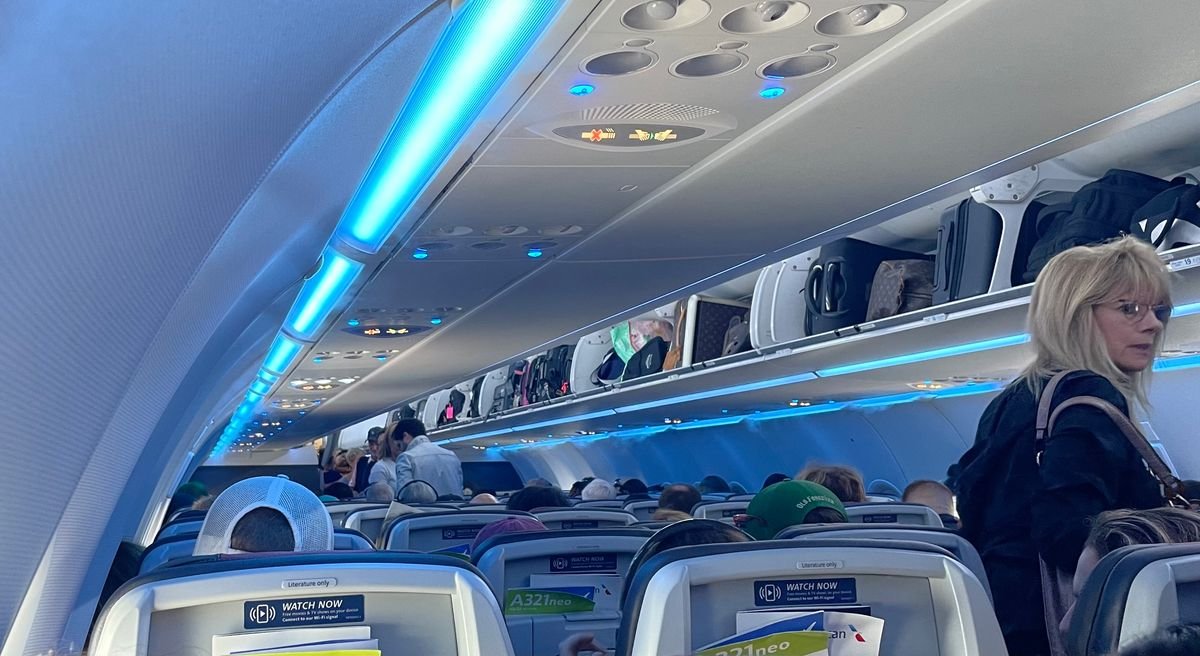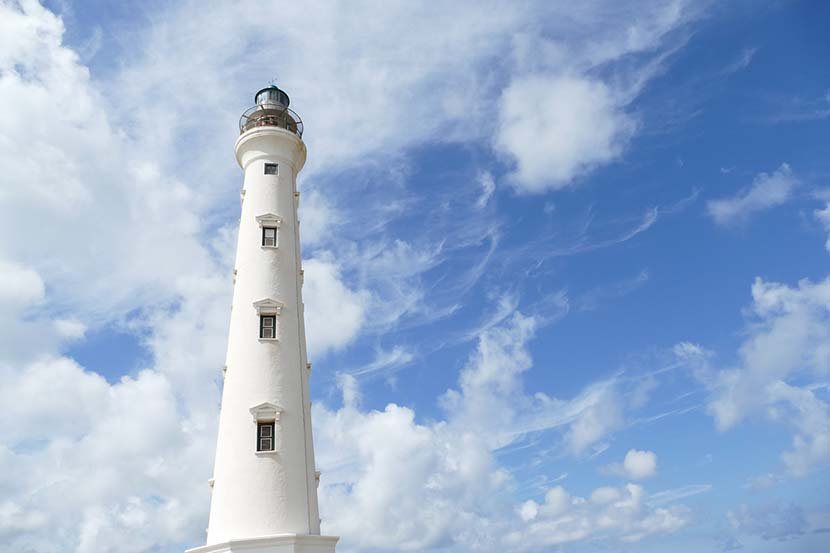More than 10,500 Tennessee women traveled out of state in 2023 for abortions, according to data from the Guttmacher Institute, a pro-choice research group.
The new data sheds light on where women are traveling to get the procedure, and how many are seeking it out in other parts of the country since regulation has tightened in many states. Tennessee lawmakers instituted a near-total ban on abortion after the Supreme Court’s 2022 Dobbs decision returned abortion regulation to state authority.
The most popular destination for Tennessee women seeking an abortion was Illinois, followed by North Carolina, Georgia and Virginia. The Guttmacher Institute collected the data directly from hospitals and clinics that provide abortions.
In 2023, more than 171,000 women in the United States traveled out of state for abortions — roughly twice the number of women who left their states for abortion care prior to the Dobbs decision.
Overall, the number of abortions in the United States has risen since the Dobbs decision, Guttmacher found. Last year, 1,037,190 abortions were performed in the states without near-total bans. Abortion medications were used in 63% of the procedures, up from 53% in 2020.
Tennessee is one of 15 states with near-total or six-week abortion bans. The state only allows the procedure if it will save the life of the mother, prevent serious harm to her or in cases of ectopic and molar pregnancies. No exceptions are allowed in Tennessee if the mother was the victim of rape or incest.
While the Tennessee Department of Health tracks the number of abortions performed in the state, the most recently published data is from 2020, two years before the Dobbs decision.
Where Tennessee women receive abortions
Last year, 7,120 Tennessee women traveled to Illinois for abortions, accounting for more than two-thirds of the Tennessee residents who left the state for abortions.
Illinois received more out-of-state patients seeking abortions than any other state. More than 37,000 women from 16 states traveled to Illinois last year for abortions. The out-of-state patients accounted for 41% of abortions performed in Illinois in 2023, up from 21% in 2020.

The state’s central location makes Illinois a convenient destination for women in the South and Midwest. Illinois also has enough medical facilities to handle the influx of patients.
“Illinois has many providers of abortion care and can take on patients who need extra support from abortion clinics and abortions funds,” said Isaac Maddow-Zimet, who led the Guttmacher Institute’s research on travel for abortions.
Financial support for abortions are available and help women with the cost of travel, lodging and childcare, since the majority of women who seek abortions already have children.
The second most popular destination for Tennesseans to get abortions in 2023 was North Carolina, where at least 1,280 women from the state received the procedure. North Carolina, which allows abortion without restrictions up to 12 weeks and 6 days of pregnancy, requires that women first attend a counseling session and then wait 72 hours before the procedure. That wait time can add to the costs of women traveling from out of state.
Despite Georgia’s six-week limit on abortions, 950 Tennessee women last received abortions in that state. Even before Dobbs, women in Tennessee often traveled to Georgia for abortions. In 2019, 1,500 Tennessee women received abortions in Georgia.
Last year, 880 Tennessee women traveled to Virginia for abortions, 120 went to South Carolina and 220 traveled to California.
Some women in Tennessee have been able to access abortion medications through telehealth visits with providers in other states. Community networks have also been established to provide abortion medications to women in states with near-total bans. The current data from the Guttmacher Institute does not include these cases.
“It is really challenging to measure because people are getting abortions from all kinds of sources,” Maddow-Zimet said.
Future of abortion travel and the changing laws
Abortion laws are changing rapidly. Republican lawmakers continue to impose restrictions on the procedure while some ballot initiatives — even in conservative states like Ohio — have restored access. Across the country, 10 ballot measures have been proposed for the November election to restore or increase access to abortion.
In the South, the biggest change to abortion laws this year was Florida’s ban on the procedure after 6 weeks of pregnancy. Before the new law went into effect in May, Florida was a main destination for women in the southeastern U.S. seeking abortions. That change will likely cause more women, both from Florida and surrounding states, to travel farther for abortions.
While financial assistance for aboritions has helped many women with the costs of out-of-state abortions since Dobbs, the future of those funds is uncertain.
“Abortion funds saw really big increases in donations immediately post-Dobbs, but then they saw a flattening out or a decline even as the need continues to increase,” Maddow-Zimet said. “We have this infrastructure that’s been built up to support people traveling, but it’s potentially very fragile.”
Todd A. Price is a regional reporter in the South for the USA TODAY Network. He can be reached at taprice@gannett.com.




























